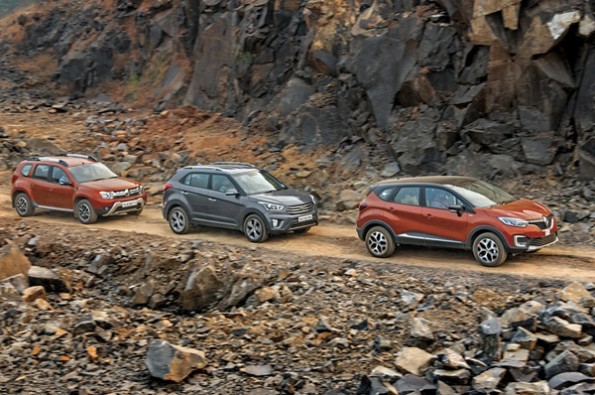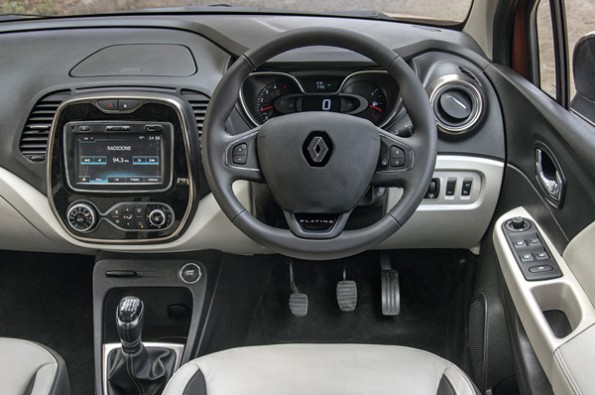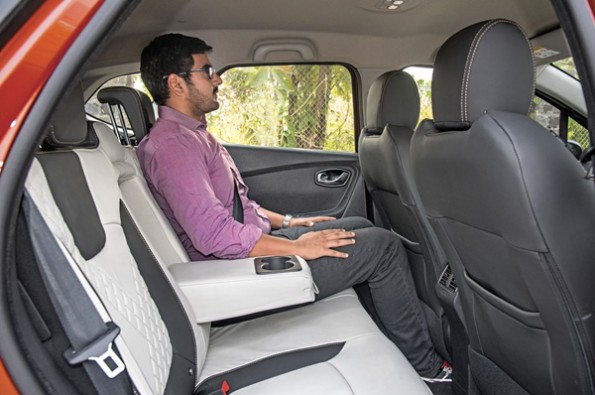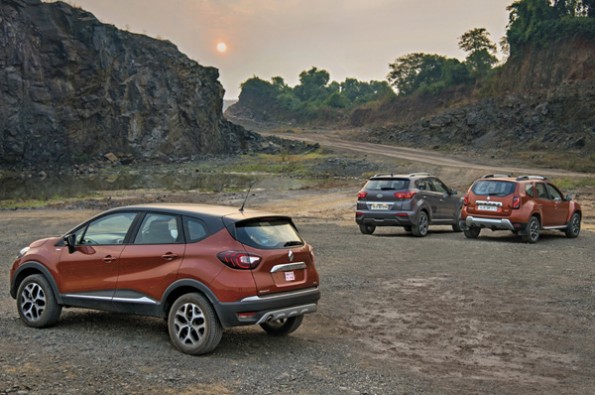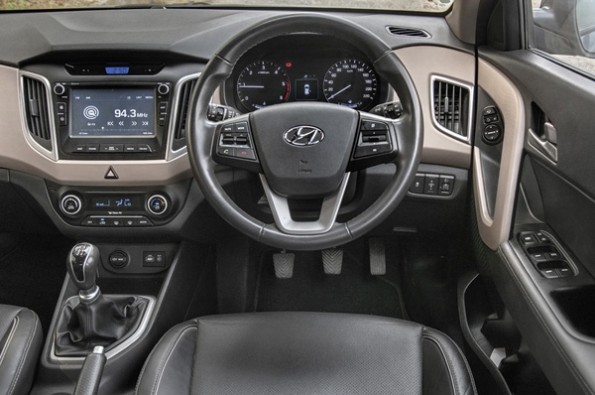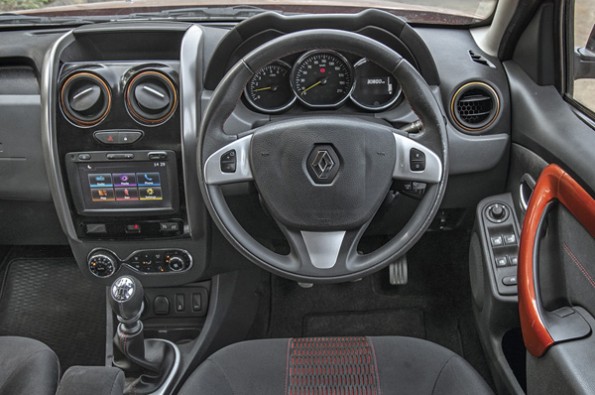Renault has to be given credit for the way it has aggressively priced the new Captur. Prices for this model start at ₹9.99 lakh (ex-showroom, Delhi) for the base variant and it goes up to ₹14.06 lakh for the top-spec diesel model. The car is priced much cheaper than the market expected. It sits below the Hyundai Creta and very close to the manufacturer’s own Duster. To have a fair comparison, we took all three in their top-spec diesel trims, and in this trim, the Duster comes with AWD. Which of these three is the SUV to buy? We find out.

On the outside
All three cars in consideration fall under the SUV body style. But, old-school SUV enthusiasts may find the Captur to be more of a crossover. The Captur for India doesn’t share its chassis with the Clio, like its identical-looking Euro-spec sibling. For India, it is built on the manufacturer’s M0 platform that also underpins the Duster. Even though the Captur has the lowest roofline of the three cars, it has the same ground clearance as the Duster and 20mm more than the Creta’s 190mm. The Captur also has neat 17-inch alloy wheels and decent use of cladding. The Captur also comes equipped with all-LED lighting, part of this are the full-LED headlights, which are a segment first. The Creta is due for an update mid 2018 but this model looks great and modern still. It is a smart looker with many nice design elements. The Duster being the oldest of the three has now started to look old. However, the car still has a charming design and simple, muscular styling.
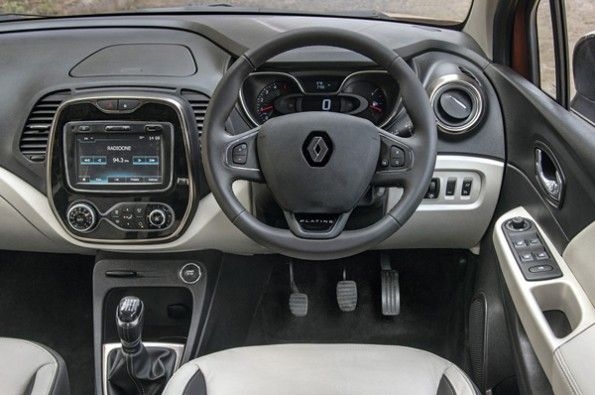
On the inside
The Captur on the inside looks really nice at first. In its top-spec trim the car gets quilted leather seats, which look properly premium. In addition to that, the dashboard also has an interesting layout, with the digital speedometer. The Captur does lack in terms of the plastic quality, they are hard and look cheap. The car also has a narrow footwell and glovebox. On the other hand, the Creta’s interior looks way more sorted. Not only does it give the most storage room, it also has the best ergonomics and the quality of materials used is better. The colour scheme of the interior also appears to be neat and the infotainment screen is easy to use. The Duster’s cabin looks extremely basic after you have spent enough time in the other two cars. The car comes equipped with a touchscreen, but it sits too low. The Duster also doesn’t come with leather seats, but the seats are supportive nonetheless.
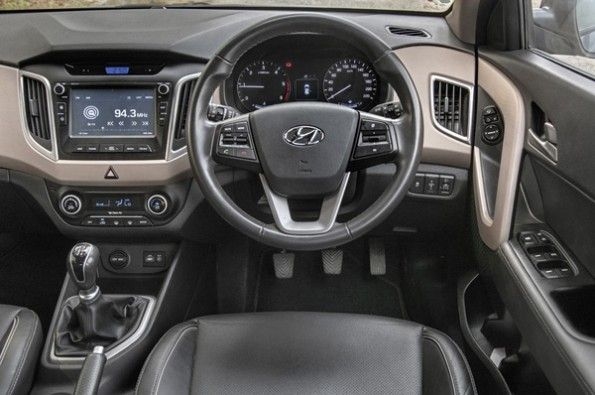
Features
Firstly, in terms of safety, all-three cars feature ABS and dual airbags as standard. However, from the three, only the Captur is equipped with Isofix child seat mounts. The SUVs also get electronic stability control, hill start assist and side airbags. Interestingly, it’s the Creta SX (O) that gets the most safety tech with the curtain airbags.
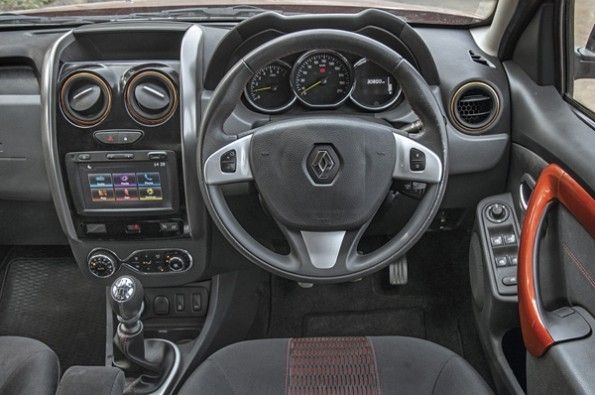
However, in terms of features, all three come with climate control, steering-mounted control and back-up cameras. From the three, the Creta misses out on cruise control. The Duster, on the other hand, misses out on leather seats and rear air-con vents. The Captur is the only one in this comparison to feature LED headlights, automatic headlamps and wipers. To the Creta’s advantage is its touchscreen, it is a 7-inch unit with Android Auto and Apple CarPlay.
How do they drive?
In terms of specifications, the Creta is the highest performing of the three in this comparison. The engine in the Hyundai is a 1.6-litre diesel making 128hp and 260Nm of torque. It also has the most impressive 0-100kph time of 10.8 seconds. The Captur and Duster are powered by the same 1.5-litre diesel motor with small power figure differences. Both cars also use the same six-speed transmissions, with the Duster getting different gearing.
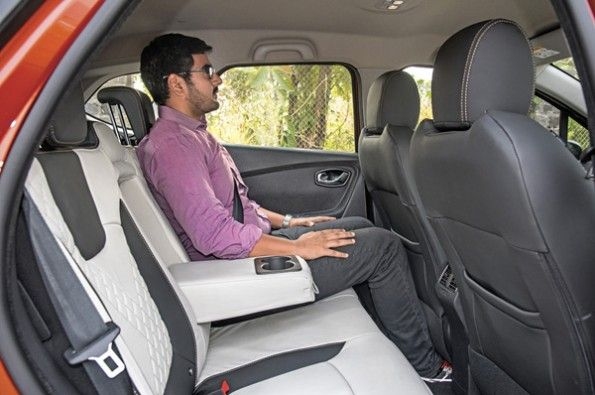
The new Captur is exceptional in terms of ride; it has a little firmness but manages to remain comfortable on bad patches of road. This ride combined with the ground clearance increases confidence levels dramatically. The steering in the Duster AWD is lighter and leaves you with not much to complain about. But, the Duster thuds more than the Captur on the worst of patches.
However, when you drive the Creta on the same patch of road after the other two cars, you will instantly notice how much ‘looser’ it feels. The car has a lot more body movement and gets nervous at higher speeds. The Hyundai is capable on mild trails, but we wouldn’t suggest it for anything hard core. The Captur does better than the Creta but it’s the Duster AWD that works the best off-road.

Which one should I buy?
The Renault 110PS RxZ AWD is ₹1.3 lakh more expensive than the similar-specced front-wheel drive version but, even so, the AWD’s Rs 13.66 lakh price tag makes it the cheapest SUV here. At the other end is the Creta 1.6 CRDi SX(O) that comes in at ₹14.48 lakh. The Captur Platine diesel sits right in between in terms of pricing.
Overall, it’s the Captur that comes across as the best deal. It has decent cabin quality and it’s not very spacious either. You get modern styling paired with rugged mechanicals making it the winner of this comparison.
